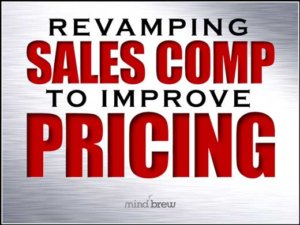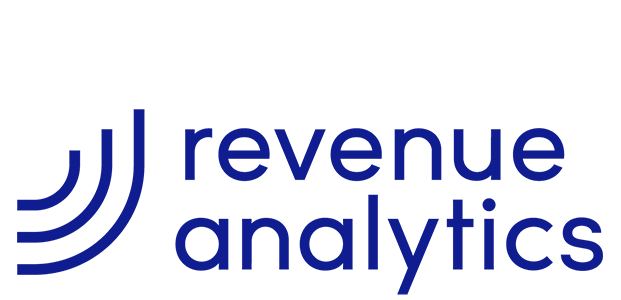For decades, a rumor has circulated and was even repeated in an episode of The West Wing that NASA spent millions of dollars developing a pen that could write in zero gravity. The punchline to the story is that the Russians didn’t spend millions. They just used a pencil.
This legend seems believable. After all, regular ball-point pens do not work in orbit, and the U.S. government overspends on all kinds of ridiculous items.
But it is actually false.
Even worse, this myth obscures the true story, which contains some very useful lessons.
In reality, a private company developed space pens at its own expense, and both NASA and the cosmonauts bought the pens for a couple of bucks each.
The U.S. space agency went looking for special pens only after both they and the Russians had used much more expensive pencils on their missions. The problem with the pencils — besides the expense — was that the graphite in the pencil lead is both flammable and conductive. As the astronauts and cosmonauts used the pencils, tiny bits of the graphite would flake off, creating a fire hazard and potentially shorting delicate electronics or even injuring the astronauts. Nothing bad ever happened as a result of using pencils in space. But it could have. So that’s why they needed the special zero-gee pens.
The true lesson of the space pen story is that it’s always a good idea to consider what could go wrong. That’s particularly true in the unforgiving environment of space, but it is also true within pricing. Top pricing teams spend a lot of time trying to anticipate potential problems. Of course, there are any number of areas where things could go wrong, but here are five of the most common:
- Pricing Gets Blamed. It’s very easy for companies (and especially sales teams) to blame pricing when things go wrong. But that knee-jerk reaction fails to identify and fix the true root-causes of the issues. Instead, margins get eroded further by trying to “fix” the symptoms through price reductions, larger discounts, or worse. And thus begins a downward spiral without ever addressing the real issues. Check out Diagnosing Pricing Problems for a robust diagnostic process and some great examples.
- Sales Comp. More than one organization has had the unfortunate experience of realizing too late that they have been incentivizing the sales team to take actions that had negative results for sales–and margin. At the end of the month or the quarter or even the year, they discover that salespeople booked deals that met their comp plans but were incentivizing behaviors that meant the bottom line took a hit. For strategies on avoiding these scenarios, see Revamping Sales Comp to Improve Pricing.
- Pricing Initiatives. No pricing initiative ever goes smoothly. There’s always at least one person in the company who doesn’t fully support or perhaps even actively resists doing something new. But you can help improve your odds of eventual success by preparing to deal with these organizational dynamics ahead of time. Check out Why Pricing Initiatives Fail.
- Segmentation Models. Just about every pricing initiative hinges on having a price segmentation model that’s an accurate representation of your customers’ willingness-to-pay. Models need to be refreshed regularly, but the process of improving the one that you’re already using (or building a new model) can seem daunting. The webinar on Getting the Most Out of Price Segmentation provides a simple diagnostic technique and a straightforward process to refine (or design) your segmentation model.
- Pesky Salespeople. Salespeople are what stands between your pricing strategies and the customers you’ve developed them for. If something goes wrong with an effective pricing plan, it’s likely to occur at this point in the chain—leaving money, margin and the best laid plans on the table. Watch Getting Your Salespeople to Price Better for advice on getting your sales team to price and discount far more effectively.
Fortunately, none of these potential pricing problems are quite as hazardous as taking flammable materials on a spacecraft. By following NASA’s example and looking for problems before they occur, we can reduce the risk our organizations face and make it more likely that we will achieve our goals.


















